|
(click on photos to enlarge) One of the first things I do when setting up a shot is to place the subject in an area of the frame that I think will work best for the image. That location can be at the top, bottom, side, corner, or even dead center of the frame. Certain composition rules, especially the rule-of-thirds, mandate specific areas for placing the model. Sometimes I agree with that edict, but more often I don't (it's my belief too many photo instructors and photo books spend too much energy pushing this rule as being absolutely mandatory). The bottom line for me is being happy with the composition and feeling that the image is communicating my intent. After taking a few photographs, and with the goal of varying my setups, I'll maneuver the subject around the frame. I do this by looking through the viewfinder, moving around the camera (I usually handhold it when taking these types of pictures), and placing her in various parts of the frame. I'll stop when I’m happy with the framing and then take a few pictures. In addition, I may physically move the model and/or myself, rework the composition, and/or change the camera orientation from horizontal to vertical (or vice versa). I think Adeline’s placement in the frame and the stark walls surrounding her emphasize her aloneness. We see a melancholy teenager using her computer in a barren, monotone bedroom. There’s a sense of isolation in this photograph too, though rather than being unhappy, Gretel seems absorbed with her practicing. One type of setup I really find appealing is having the model crowding the frame’s edge, with part of her body missing. (A friend once suggested that the lack of balance I create in these images mirrors the lack of balance in my own life!!). The two photos above show the models at the extreme edges of their respective frames. Moving any more toward those edges would put them out of the pictures. I think both images leave the viewer with an off-balance feeling. The top photo highlights the empty bed. The lower one, with the help of Photoshopped green eyes, intensifies a feeling of mystery. I appreciate almost everything in this photograph - Adalie’s pose, the even illumination of her body, the resulting soft shadow behind her, the hair framing her face while hiding an eye, the rim of light surrounding most of her head, the draping of the dress on her lean figure, her bent knee, and the secure grip on the gun. I wanted all those items emphasized as much as possible. The best way, I thought, would be to simply center her (left-to-right) in the camera frame. I think that puts all the elements, except the gun, on equal footing and deemphasizes the importance of any one over another. I felt everything in Joanna’s bathroom was interesting and should be shown. To achieve that, I intentionally moved her toward the back of the bathtub’s ledge, allowing the viewer full visual access. There’s something unsettling (in a positive way) about this photo. Perhaps it was her calmness. She had been a whirling dervish for most of the shoot, but was now absolutely still and looking bored. Further, the framing gives a nearly equal weight to both her and the piece of clothing on the left side of the bed. That may imply an equal importance to both, which should not be. She should be the important one. The viewer may wonder what’s going on in the picture. It’s confusing. But that’s OK. Confusion can be ideal for spicing up an image. Comments are closed.
|
CategoriesArchives
July 2024
ALL BLOGS
Camera Settings Composition Depth-of-Field Finding The Shot Focus And Blur Image Editing Laziness Lighting The Subject Offbeat Ordinary Objects Reflections The Portrait While Shooting |
All Images © 2024 by Peter Glass. All Rights Reserved.
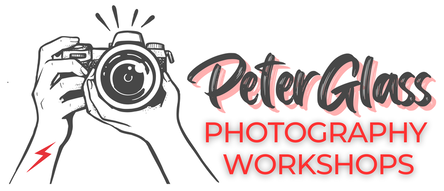
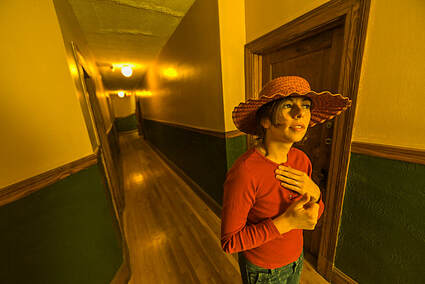
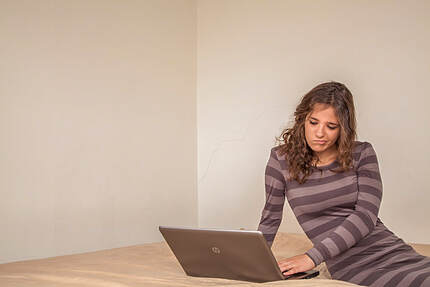
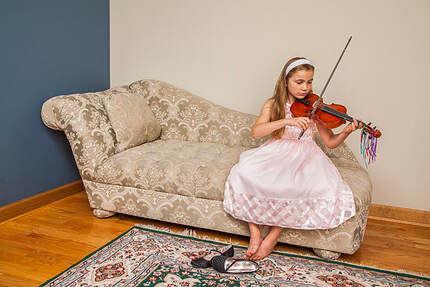
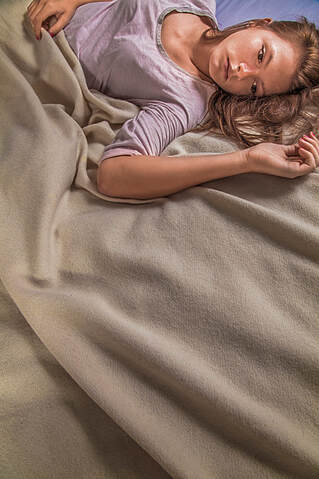
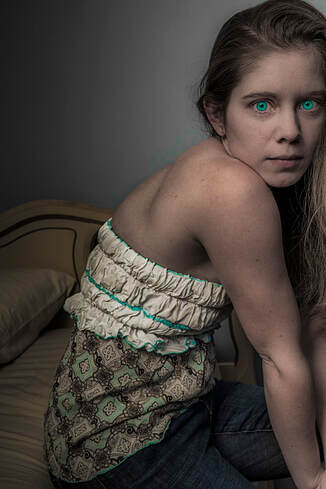

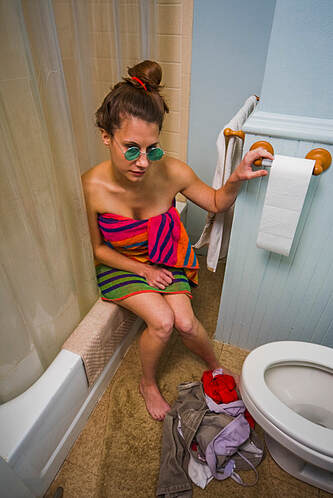
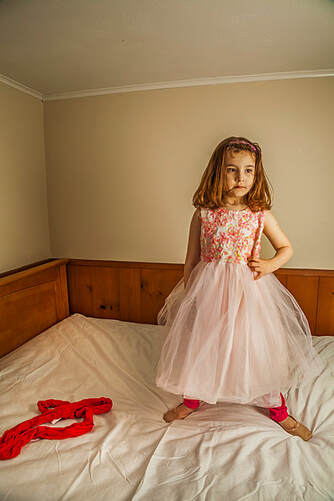
 RSS Feed
RSS Feed